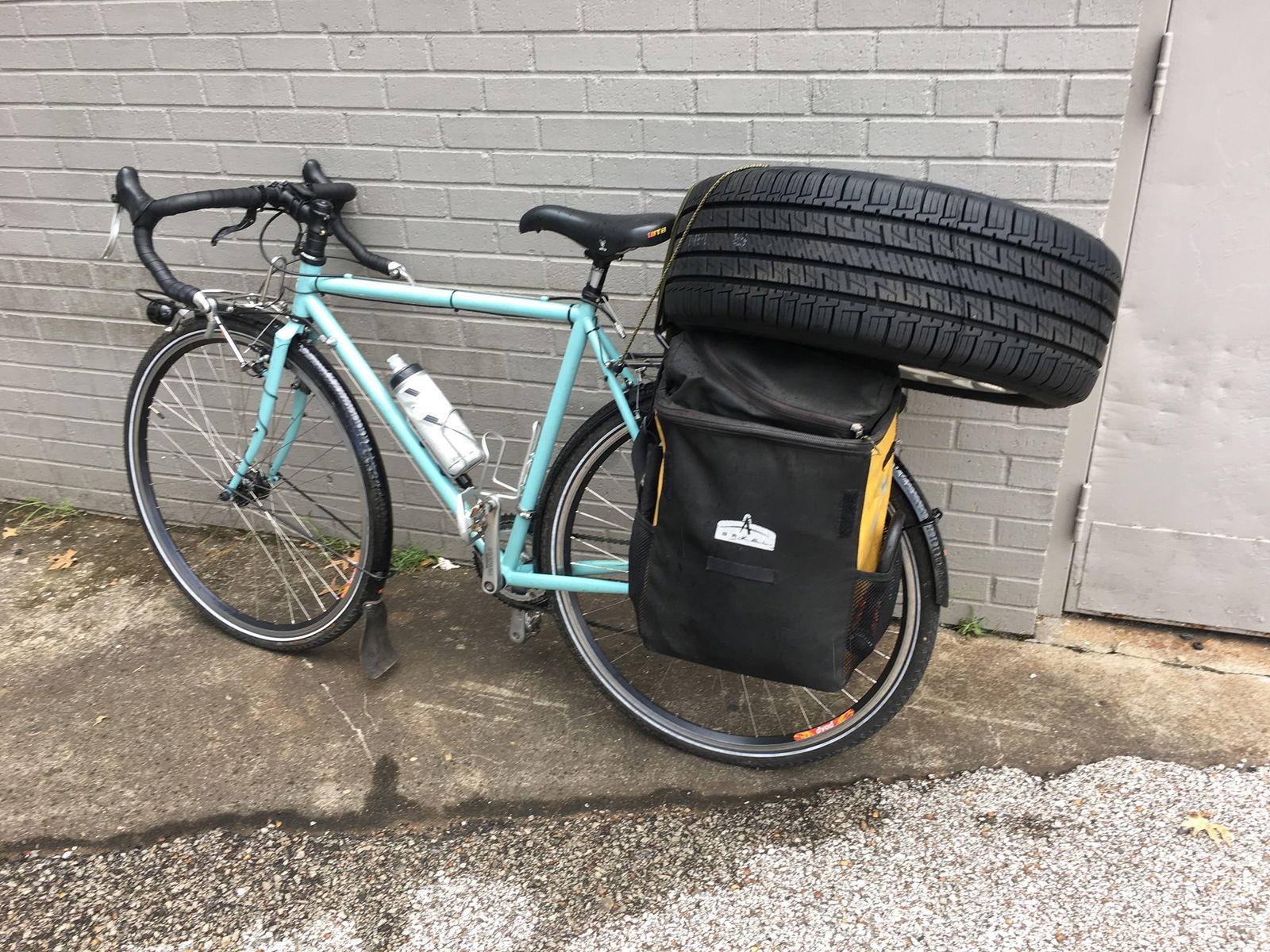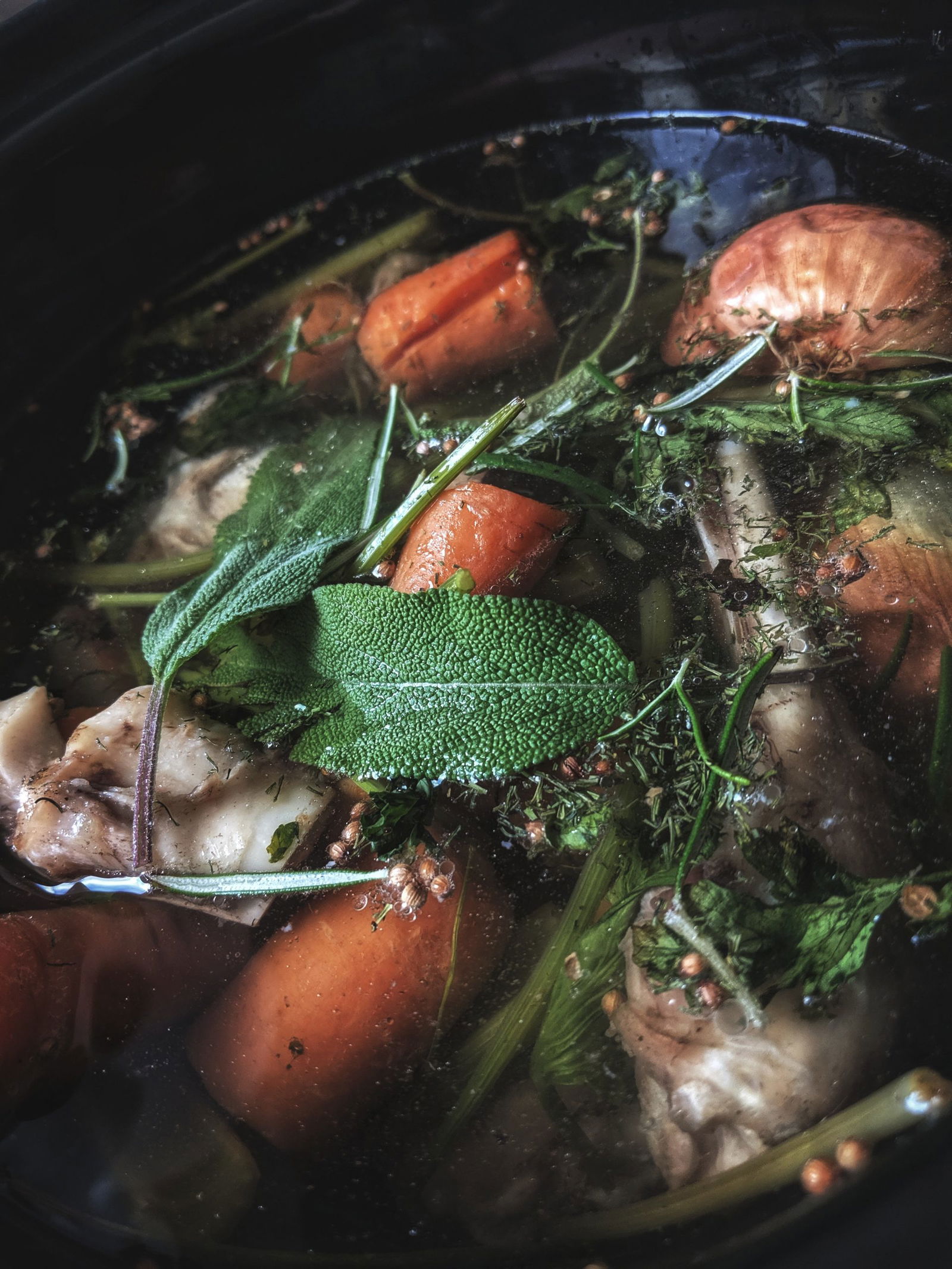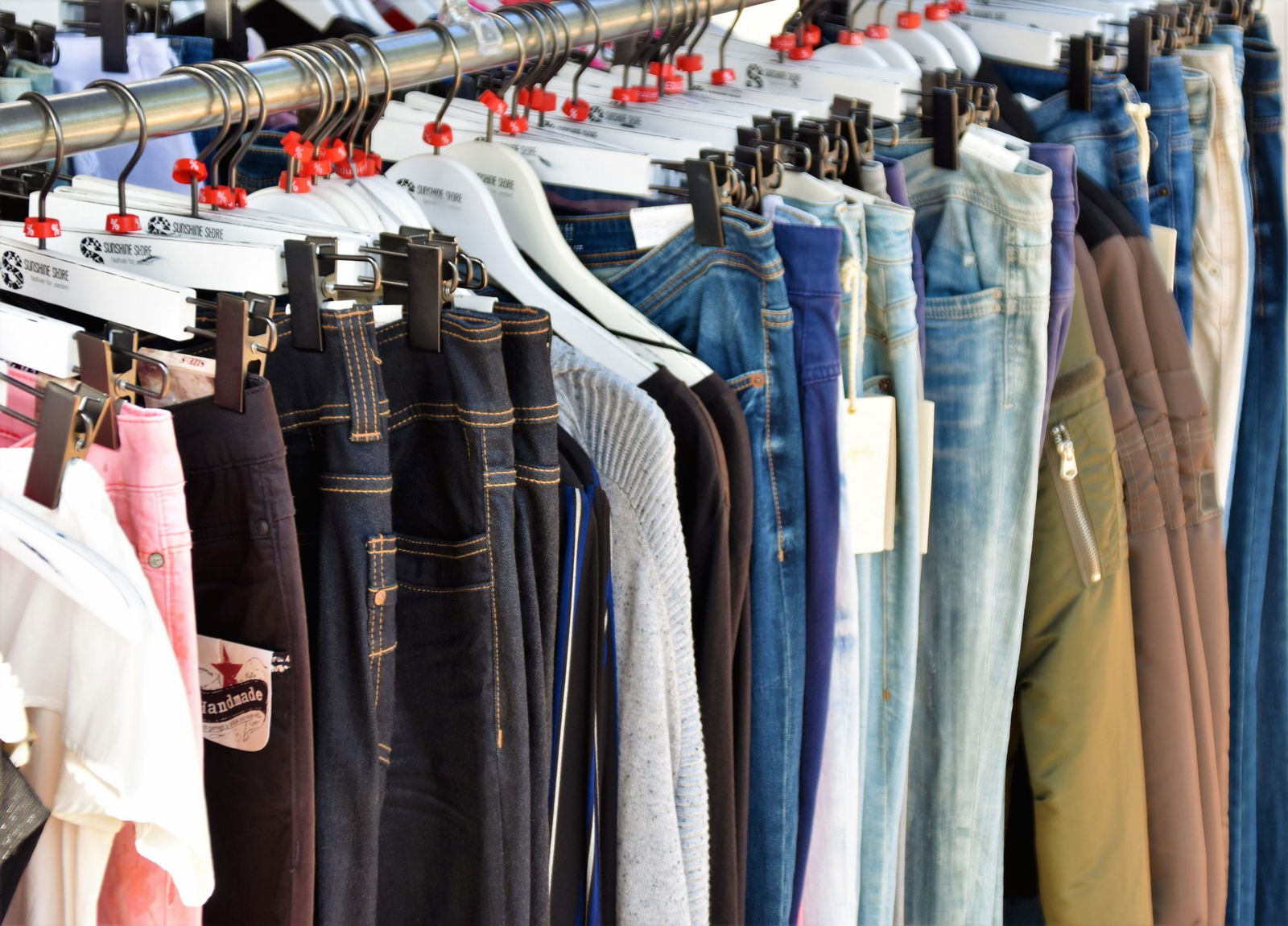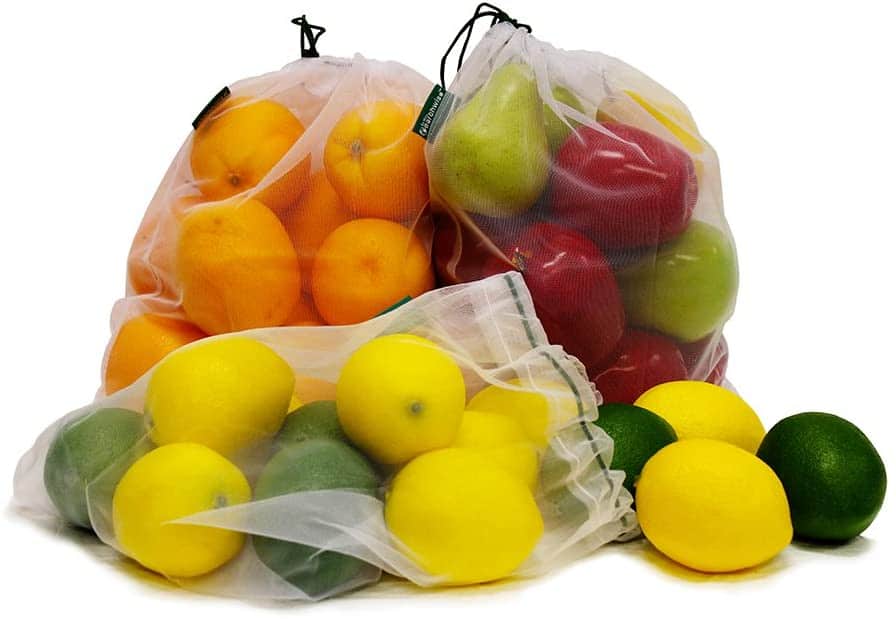Reduce and Reuse, the Forgotten “R”s
I came of age in the ’90s when the modern ecology movement was in full swing. Earth Day (April 22nd) officially began in 1970, so by the time I was old enough to learn about it, there were lots of ways to teach our youngest citizens about caring for the Earth. You’d have to be living under a rock (which admittedly I do most of the time) to have never heard the mantra “reduce, reuse, recycle.”

Recycling has become a ubiquitous part of our culture–I even wrote extensively about it on this very blog–to the point that in most municipalities, a crew will come to your house to pick it up without you even having to sort it! Amazing! (And please, don’t pop my bubble by telling me it all goes to the landfill anyway.)
But what about those other two “R”s: reduce and reuse? I would assert that they are even more important than recycling; that’s why they are named first. Sure, it’s great to put that plastic water bottle in the recycling bin, but even better is to reuse it first or to not even use it at all.
Our family continues to be big recyclers, but we are now focusing on ways we can reduce our consumption and reuse the things we already have. It’s a process for sure, but hopefully some of these suggestions will inspire you to make some changes in your daily habits en route to a more sustainable lifestyle (see Niki’s great suggestions here)…or continue the awesome ones you already have.
Reduce
Many of us are familiar with the concept of “reduce” and do so without thinking. We turn the lights off when we leave the room, and turn the water off when brushing our teeth (and if you don’t, you should!). I still struggle with taking shorter showers with cooler water–self-care, baby!–but I am trying to reduce my consumption in lots of areas. Speaking of showers, one of my biggest reductions is that I only wash my hair once a week. I started this infrequent routine when I was taking care of a newborn in the early days of lockdown, but four years later, it is still going strong. Not only am I conserving water and shampoo/conditioner (bar shampoo for the win!) but also my valuable time.
Another way our family practices reduction is through transportation. My husband commutes to work by bicycle, so we only have one car as a family. This works great 85% of the time, and only requires some creative problem-solving occasionally.

We downsized when we realized while living in a downtown apartment that we were only using one car at a time anyway. My husband walked/biked to work during the week while his car sat in a(n expensive) garage, so we would drive it on the weekends while my car sat in a(n expensive) garage. We liked the one-car thing so much that when we moved, we were conscious of how far away from my husband’s office we could go so that he could continue bicycle (or bus) commuting. And now our kids are involved too, as we bike to and from school most days. Obviously, this is not a change that everyone can make, but I bet that if you carefully considered your driving habits, you might be able to connect some errands to reduce your carbon footprint…and again, save yourself some precious time (and money!).
The next change took me a while to adopt. I am a clearance queen, but I was well into my 30s before I realized that paying more for an item that will last is heaps better than buying multiple cheaper versions. (Note: shopping secondhand is a great way to appease both my frugal and sustainable sides.) I am not fashionable or trendy, so I don’t feel the need to have the newest style or gadget. In fact, I get weirdly excited when I use something up or wear it out. Of course, companies want to keep selling you things, so it can be hard to find durable products (see planned obsolescence), but I am now a firm believer in quality over quantity. I once saw a bumper sticker that read, “The greenest building is the one already built.” Rather than upgrade for the newest, shiniest thing (even if it is “greener”), use up what you already have!
Reuse
The most obvious example of “reuse” comes from reusable shopping bags. Those plastic shopping bags are pretty much the end of the line for recycled plastic, so I try to avoid them as much as possible (although they do come in handy as small trash can liners and pet poo bags). I keep a stash of cloth bags in my car, and “I don’t need a bag” is my automatic response at nearly every checkout counter. Some stores and cities have even banned their use, charging customers for paper or reusable bags if they haven’t brought their own…another example of how grocery store chain Aldi is ahead of its time.
But another type of reusable bag you might not know you need in your life is a reusable produce bag. Those plastic ones are so flimsy and not even necessary half the time anyway, particularly for produce that has a peel or is going to be scrubbed (seriously, if you put your bananas in one of those, I am 100% going to judge you). With a reusable mesh bag, you can keep your avocados or apples together, and the checker can still read or scan the barcode. And if they get gross, just toss them in the wash.
Some other things we just toss in the wash include cloth diapers, which saved us some serious cash, too, cloth napkins (washcloths from Target), and even cloth pantiliners/maxi pads. Feeling good about not adding to the landfill helps tremendously with any potential ick factor…and once you get used to it, there really is no ick factor.
So, yes, we reuse things in the bathroom, but also the kitchen. At some point, it dawned on us that the majority of our trash was coming from food waste in the form of coffee grounds and eggshells. Once we started composting, we easily cut our trash in half. We are lazy composters who literally have a pile in the corner of our backyard that we rake up every once in a while, but our garden loves it. We just layer our greens (food scraps) with browns (leaves) and boom: compost! Speaking of leaves, put them to work for you rather than just bag them up on the curb. Even if you don’t compost, I’m sure you know someone who does who would happily trade you for some compost material that is better–and cheaper–than commercial fertilizer.
You should be able to tell by now that I geek out about this kind of stuff, but I am beyond excited to introduce you to “trash soup.” You can take your food waste game to the next level by using certain food scraps to make homemade vegetable/chicken/beef broth. So much more flavorful and nutritious than the store-bought version, homemade broth is an easy way to use something you’d normally just throw away. It literally involves boiling a pot of water filled with veggie scraps and then straining out the solids. For the chicken version, add chicken bones (again, something you’d normally just throw away), and for beef bone broth, add–you guessed it–beef bones (this one takes considerably longer, but is so good even on its own).

Even with our attempts at reducing, I am still far from my dream of being a minimalist because a) I have kids and b) I hoard reusable packaging. It has gotten to the point where my children try to save actual trash (or recycling) because they “can use this someday!” We have stacks of egg cartons and plastic yogurt tubs, rows of glass bottles, and piles of plastic to-go containers. My husband, who is the primary dishwasher at our house (go ahead and be jealous, ladies), knows to always ask before tossing such items in the recycling bin. I even have a box full of plastic bread bags under the sink, and it’s not uncommon to see rinsed out zip-top bags hanging from the spice rack. (And don’t get me started on my collection of un-postmarked envelopes and old greeting cards…)
Before you assume that I’m crazy, know that these items do get reused, often for noble purposes. We love to build our social capital by sharing our culinary experiments with friends and neighbors, and these items make the perfect vessels because they don’t need to be returned. If you ever have the opportunity to help out another family through a meal train, consider reusing some of these containers so there is no obligation for them to wash and return your dishes.
I’ll wrap things up with one type of reusing that most moms are familiar with: hand-me-downs. Props to you if you are able to reuse clothing from one kid to the next or have friends/neighbors who will pass along baby and kid clothes. I sometimes joke that our guest room looks like a children’s consignment store. A consignment sale or store, of course, is also a good option, and if you have the time, you can score some really great items on the cheap. Kids grow out of their clothes so fast that it’s usually in pretty good condition.
But now, thanks to the bounty of the internet, I have started acquiring more of my own clothes second-hand through resale sites and Buy Nothing pages. Not only is this saving me money but also time, which can be a more valuable resource. Plus, I don’t have to suffer through the “joy” that is a store dressing room. But if you enjoy shopping yet would love to do it cheaply and sustainably, there are consignment options for moms, too.










